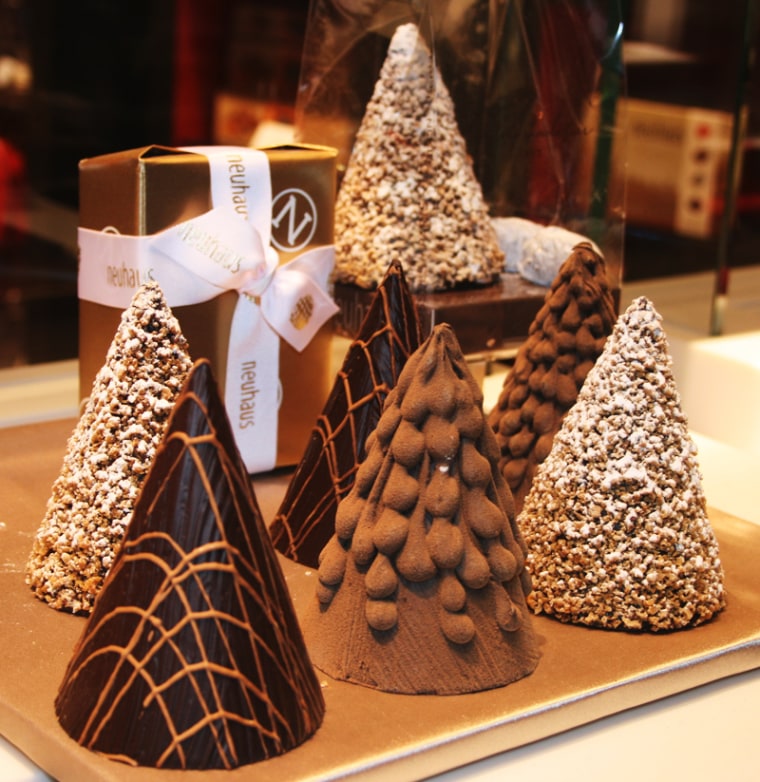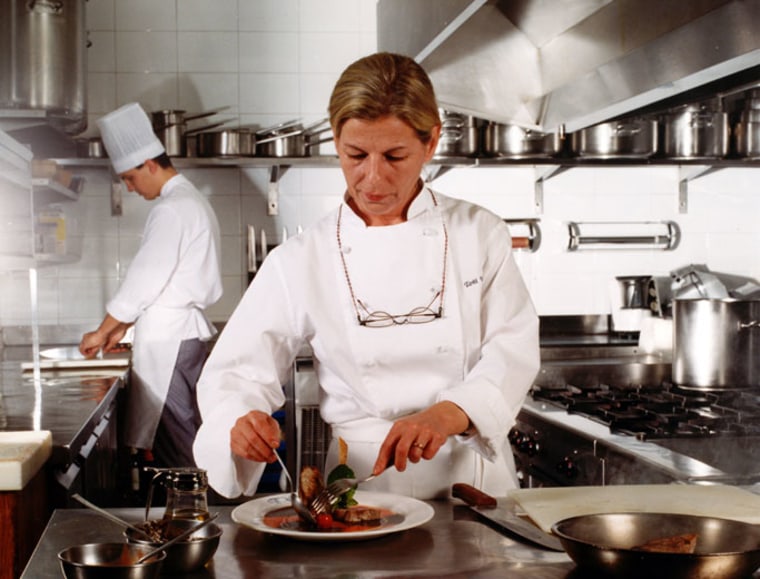Imagine meandering through a centuries-old market, following your nose to find the most fragrant spices. Or buying mangoes that weren’t imported from the other side of the globe, but the other side of town. If you’ve forgotten that olives actually come from hundred-year-old trees—and not jars—it may be just about time for a cooking tour.
Every great meal begins with the best ingredients, and the best ingredients are typically found locally—whether it’s in your hometown or abroad. Cooking tours allow chefs of all skill levels to immerse themselves in a foreign culture in a way that traditional tourism cannot.
"A country's identity often hinges on its cuisine and attendant traditions,” says AnneLise Sorensen, a travel writer and editor for Rough Guides. For Sorensen, and an increasing number of hungry tourists, breaking bread with locals is the ideal way to become acquainted with a new culture. "It’s the first step in going from foreigner to friend."
For Annemarie Colbin, founder of the Natural Gourmet Institute for Health and Culinary Arts in New York City and author of "Food and Healing," learning to cook traditional foods in their native environments leads to a greater understanding of where food actually comes from. On the Kea Artisanal cooking tour, for example, participants tour a goat farm on the Greek island of Kea to see exactly how feta cheese is made, and then share in a meal overlooking the Aegean Sea with the farmer and her family.
But a good cooking tour is more than just a lesson in food sourcing. Says Colbin, "Partaking in festive meals made with real local and seasonal foods, and with local rituals of appreciation, is good for your health because it is good for your soul." Unlike traditional culinary tours—which tend to focus on restaurant dining—these trips are hands-on. Travelers meet with everyone from local chefs with prized dishes to grandmothers willing to share their cherished recipes.
For some, it’s the local markets, more than the recipes, that make a cooking tour an outstanding experience. Says Sorensen, "The food market is a microcosm of the country, and in many ways, this is your chance to experience the destination in its purest and most memorable form: The daily shopping rituals, the spirited bargaining and the strange and wonderful seasonal fruits and vegetables that the locals take for granted." In Nova Scotia, just outside the eco-friendly Trout Point Lodge, cooking tourists learn to recognize the freshest trout and other local seafood. They’re then taught how to prepare them in true local style.
The world's markets are traditional and historic places that can feel a bit intimidating to newcomers. As part of a culinary tour, you are provided with guides to help with both ingredient choice and navigation. After these long but fruitful excursions, travelers ultimately feel like natives. Most are invigorated, not exhausted, by the bustling sights, sounds and scents. It’s yet another way to unlock your inner chef and feel like a participant, not just an observer.

Even if you think you know a region’s food, there’s no substitute for first-hand exposure. On the Artisans of Leisure Culinary Tour to Japan, participants learn about casual Japanese home-cooking as well as kaiseki, a meticulous multi-course meal celebrating what’s in season at that time, in that area. They’ll become acquainted with Japanese culinary culture through its ceramics and lacquerware, with particular attention paid to the small artistic details that make a meal authentic.
One needn’t head overseas to learn something new about food. In the heart of Louisiana's Cajun country, Epiculinary’s four-day Cajun Country tour introduces both amateur and professional chefs to robust local dishes like jambalaya, boudin and gumbo. After a long day of cooking like a local in the hot kitchen, it’s time to dance the night away like a local to red-hot Zydeco music. A little further south, fans of Mexican food can go beyond burritos at La Cocina de Oaxaca’s cooking tour in the land that gave us mole sauces, made from chocolate, mexcal and other ingredients that vary from region to region—and even person to person.
Whether it’s your favorite dish or a strange and foreign food, learning how to prepare a region’s authentic cuisine has never been more rewarding. On each of the ten tours listed here, you’ll enjoy a well-seasoned mix of hands-on cooking, tastings, market trips and, of course, sightseeing. You’ll learn the basics, as well as the tricks that natives don’t typically share with outsiders. Your journey will be longer than a cooking show, but shorter than a formal culinary education—and you’ll end up with new skills and ideas to bring back home.
